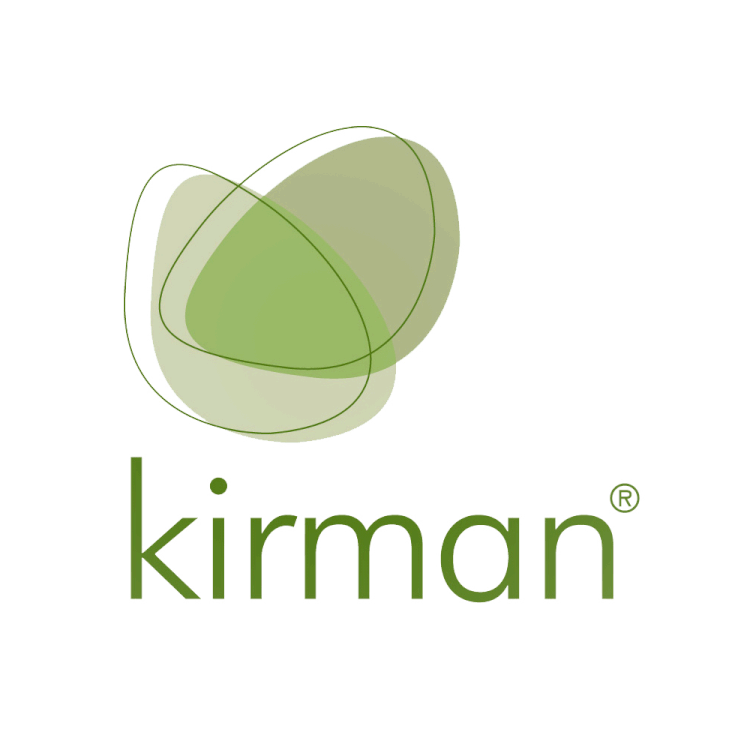Key to plant properties
Key to plant properties
Key to plant properties
Speed of growth?
Our plants are split into three categories, Slow, Medium and Fast.
Hedge Height?
This is the height that the particular species may grow to. Hedges that will generally grow very large would be kept to a maximum of 2-3m however.
Foliage type?
We have both deciduous and evergreen hedging. Deciduous leaves will fall off in autumn and reappear on the hedge in spring whilst evergreen hedging generally keep their foliage all year round. They will shed leaves, but do this gradually rather than all at once so to all intents and purposes are classed as evergreen.
There is an anomaly in some trees such as Hornbeam and Beech hedges for example. These both have deciduous foliage which can stay on the tree after dying in winter they fall in spring to make way for new leaves. This trait is called marcescence and it’s defined as “the retention of dead plant organs that normally shed”.
UK Native?
This denotes whether the tree is a UK native or originally from foreign climates.
Flower?
This defines if the tree comes into the flower. It may flower but is insignificant and not grown for it’s flowers.
Fruit?
This defines if the tree produces fruit. It may fruit but not all fruit is suitable for human consumption and some fruit are insignificant.
Armed?
This just denotes if the tree has a method of defence like having spines on the stems.
Colour of foliage in summer and winter?
This just shows what colour the foliage of the tree is depending on the growing season and the winter season.
Wildlife friendly?
This shows if the hedge is suitable for wildlife. This could be to show that birds nest in this kind of hedge or animals use it for cover. Alternatively, it could mean that the tree produces flowers that are suitable for attracting insects or produces fruit which wildlife can eat.
Capable of coping with exposed conditions and wind?
This shows if the hedge can be grown in exposed conditions.
Hedging plant types
The cheapest and often the most cost effective way of planting hedging or young forestry plants, bare root hedging is available from November – March. Typically available from 40-60cm up to 200- 250cm tall in deciduous plants and up to 100cm in evergreen plants.
Typically, larger and more expensive than bare root plants, rootball hedging is lifted with much of the soil surrounding its roots still intact to reduce root disruption and reduce the risk of failure. More commonly mature deciduous er evergreen hedging a greater branching structure or multiple
stems.
Available as pot or field-grown products, often the most expensive hedging option, instant hedging provides a dense screen or barrier and gives the impression of an established hedge. Specified by height, width and depth it is often supplied in 1m lengths.
































